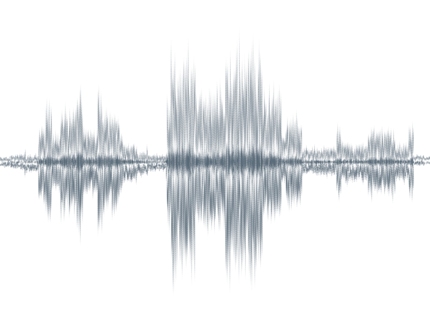60 ghz networking trace dataset
This dataset is part of the publication “60 GHz Networking: Mobility, Beamforming, and Frame Level Operation From Theory to Practice” by Guillermo Bielsa, Adrian Loch, Irene Tejado, Thomas Nitsche, and Joerg Widmer. Please find below the abstract of the paper as well as a link to the dataset.
Abstract
Understanding the gap between theory and practice of 60 GHz networks is crucial. Theoretical models typically focus on the physical layer only and assume ideal hardware components. However, such assumptions do not hold in practice. For instance, the cost-effective design of commercial off-the-shelf products often results in hardware impairments, such as highly irregular beam shapes. Further, mobility and frame aggregation have a strong impact throughout the protocol stack. Taking these effects into account when designing 60 GHz networking mechanisms is critical. In this paper, we characterize the aforementioned effects and contribute a comprehensive dataset of real-world traces that capture them. Among other traces, our dataset includes measurements of actual beam patterns, the impact of the cases of the devices on propagation, exhaustive measurements on the degradation of link performance in case of mobility, and the behavior of aggregation at the physical layer. Our dataset is the most comprehensive study of this kind to date. As a result, our work allows researchers to take the aforementioned hardware impairments into account, which paves the way for comparable and realistic evaluations of 60 GHz networking mechanisms in the community.
Link
This is a preliminary version of the dataset. We plan to provide more extensive documentation on the dataset shortly. If you have any question, please contact the first author of the paper.
